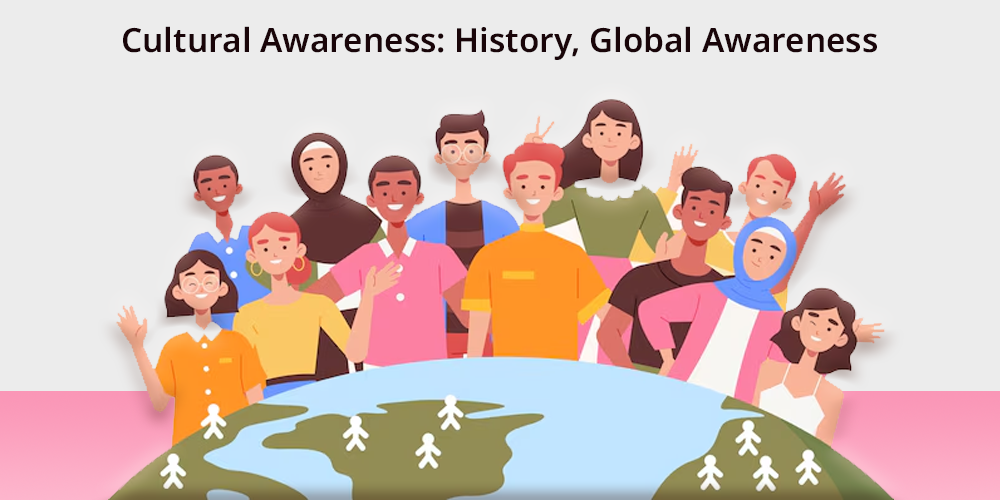
Do you know every country has its own culture and tradition and that makes us unique?
Cultural awareness means knowledge of different cultures, with sharing and learning each other’s culture in order to spread harmony, peace and equality.
Cultural awareness is very much essential in order to promote a healthy society, equality, social cohesion and tranquility.
Cultural awareness doesn’t only mean to have knowledge of each other’s culture but also to respect and adapt to others’ culture as well. Cultural awareness has gone through various changes and created a huge impact on global businesses and relationships.
Respecting and understanding different cultures is essential for better opportunities. This also enhances the importance of teaching leadership through cultural diversity.
This makes it possible for individuals from various backgrounds to collaborate rapidly. Making important decisions incorrectly could result from a lack of cultural awareness.
Contents
- 1 What is Cultural Awareness?
- 2 What is Global and Cultural Awareness?
- 3 History of Cultural Diversity
- 4 Why is Cultural Awareness so Important?
- 5 Top 4 Ways to Learn Cultural Awareness
- 6 How to Promote Cultural Awareness in the Classrooms?
- 7 Benefits of Cultural Awareness
- 8 Cultural Awareness Activities
- 9 Conclusion
What is Cultural Awareness?
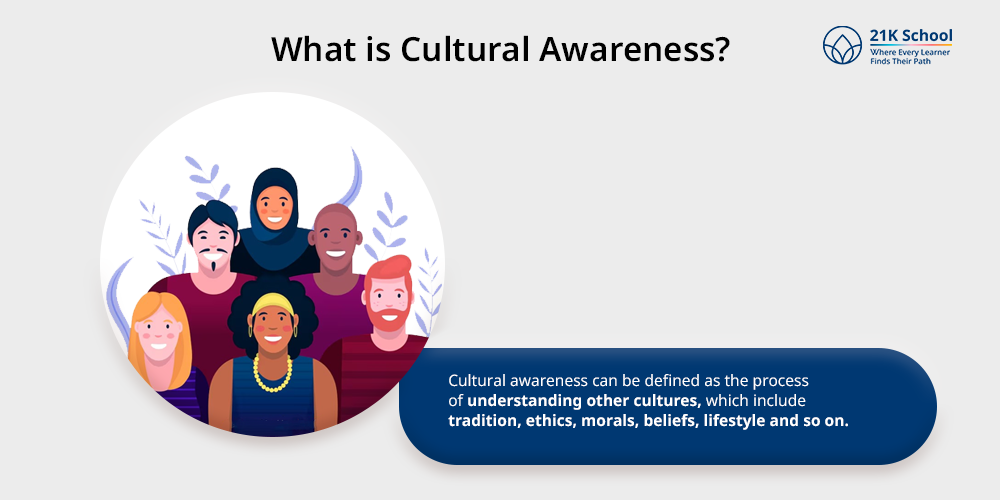
Cultural awareness can be defined as the process of understanding other cultures, which include tradition, ethics, morals, beliefs, lifestyle and so on.
Cultural awareness means understanding other people’s backgrounds and respecting as well as adopting their cultures.
Cultural awareness is sometimes also called cross-cultural sensitivity or cultural sensitivity. Cultural awareness, cultural sensitivity, cross-cultural sensitivity and cultural diversity are the same terms but denote different meanings.
Cultural awareness is very much necessary for developing effective communication and good relationships that help in developing the world more efficiently.
Through cultural awareness, people can share their ideas, thoughts, traditions, religion, ethics, morals, and so on.
What is Global and Cultural Awareness?
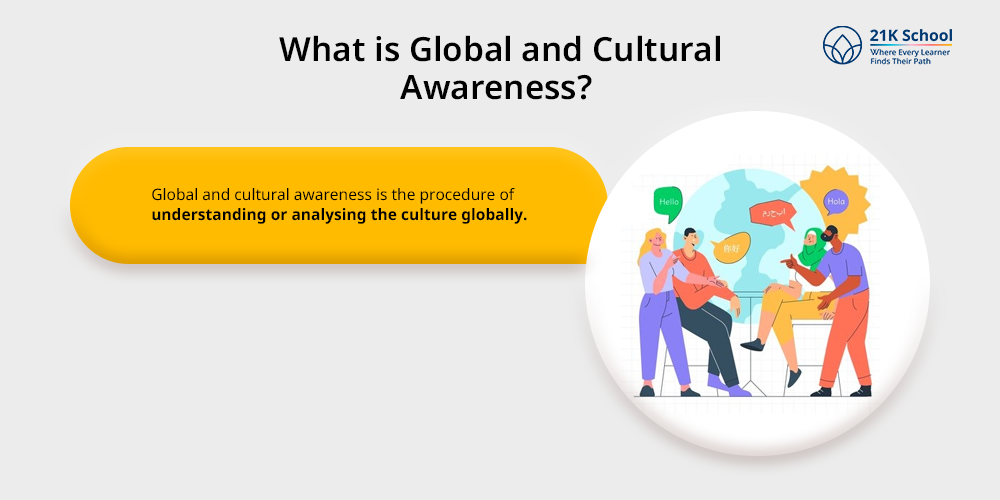
Global and cultural awareness is the procedure of understanding or analysing the culture globally. Global awareness is very much essential for individuals especially children, to understand about different nations and their cultures.
The main aim of global cultural awareness is to build global people who can share their thoughts, morals, beliefs, etc. This allows in fostering better work force in the entire world.
By implementing cultural education, students can understand the culture and issues of global countries that will help them to correlate it with our culture and problems.
This will also help them in understanding the concepts and fundamentals of different backgrounds.
History of Cultural Diversity
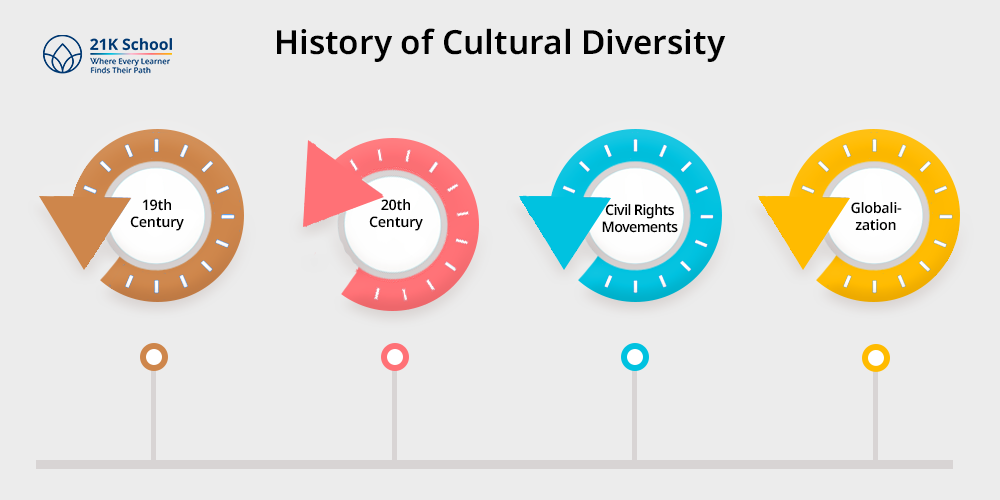
Cultural diversity has a rich and varied history that continues from the 19th century. Cultural diversity can be varied on different terms such as festivals, language, religion, art, music, dance, folk, food, ethics, and so on.
Every country, state and city has different cultures and traditions. Even India is also very popular for culture and tradition all over the world. The cultural diversity has roots in the 19th century and continued till the 20th century.
Here, you can check the history of Cultural Diversity.
1. 19th Century:
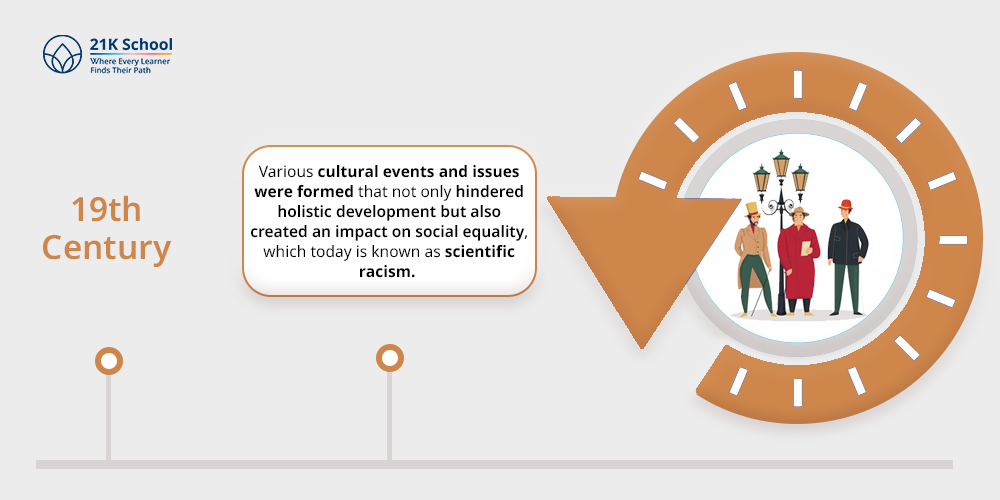
Cultural diversity can be seen in anthropology. During the 19th century, various cultural events and issues were formed that not only hindered holistic development but also created an impact on social equality, which today is known as scientific racism.
Various researchers had found out that at that time the beliefs and emphasized the value of comprehending cultural contexts and the intricacies of human societies.
2. 20th Century:

Cultural diversity played a vital role during the 20th century. After the end of World War 2, it became essential to understand cultural differences.
This will help in improving international relationships and also promotes global development. This allows them to become more engaged and open markets in other countries as well.
3. Civil Rights Movements:
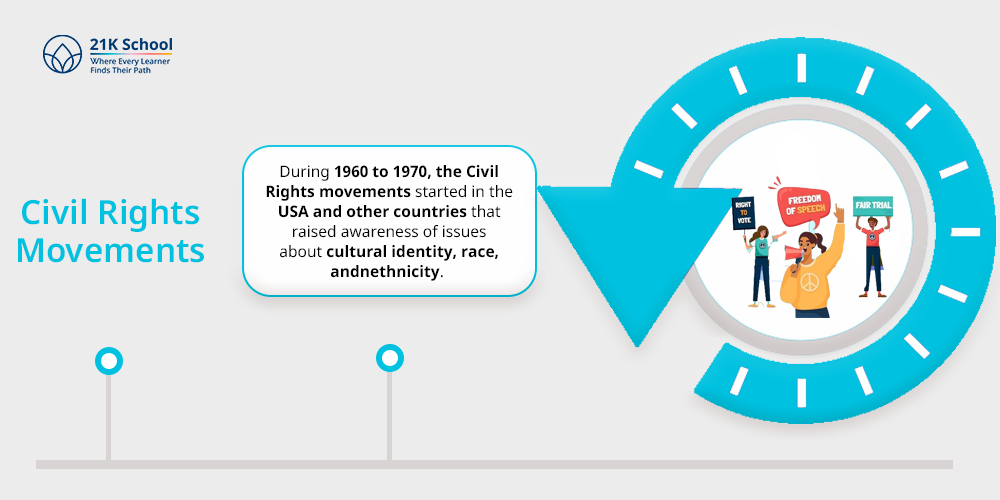
The civil rights movement has a very wide link to cultural diversity. During 1960 to 1970, the Civil Rights movements started in the USA and other countries that raised awareness of issues about cultural identity, race, and ethnicity.
The significance of recognizing and appreciating various cultural backgrounds and experiences was underlined during this time.
4. Globalization:
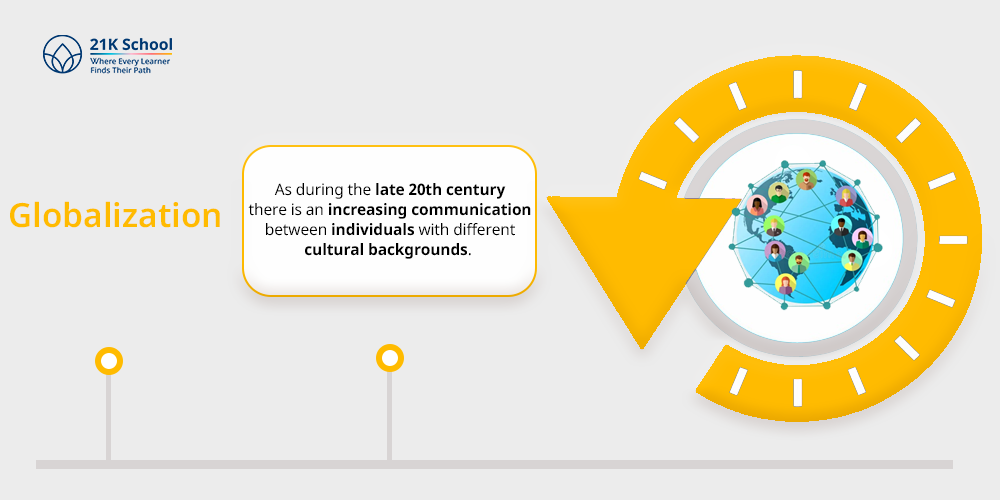
The concept of cultural awareness has gone through intense change during globalization.
As during the late 20th century there is an increasing communication between individuals with different cultural backgrounds.
This period necessitated a higher degree of cultural awareness in order to successfully negotiate and bridge cultural differences in international relations business and education.
Also Read : Globalization in Education
Why is Cultural Awareness so Important?
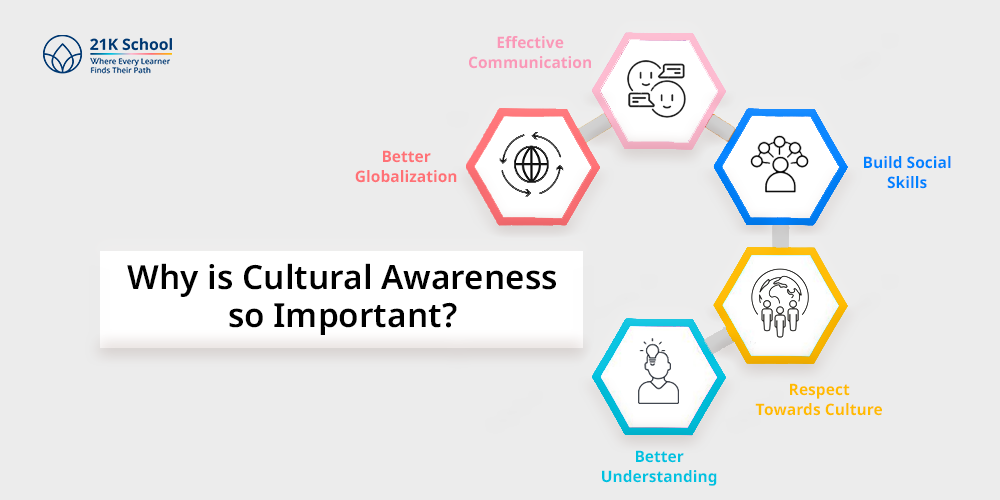
Cultural awareness is very much essential not only for understanding and adapting to others’ culture but also to build interaction with others. Cultural awareness helps in building better awareness and promotes diversity and equality.
This also allows them to work together, build connections, and expand international businesses. People from different backgrounds can develop fruitful and professional relationships by being culturally aware.
Here, you can check the need for cultural awareness.
- Better Globalization: Through Cultural awareness, globalization can be implemented. Cultural awareness helps in relating to people of different backgrounds.
This helps in making connections and reduces cultural conflicts. Understanding each other’s culture helps in removing the hindrances and also helps to globalise more efficiently. - Effective Communication: Cultural diversity helps in understanding different people and their cultures; this allows us to communicate with others more easily. Proper communication helps to develop effective communication among different backgrounds.
Sometimes, a lack of cultural awareness creates hindrances in communication with people from different cultures. - Build Social Skills: Understanding cultural sensitivity allows one to develop social skills. As understanding each other’s culture helps to socialize in the society and nation.
Also read, How Do Children Socialise With Each Other ?
Understanding and learning about other cultures helps us become stronger. We ultimately learn that cultural awareness and self-awareness are intertwined. - Respect Towards Culture: Analysing different cultures and traditions also makes us respect them. This creates a positive impact on social skills and develops analytical skills.
Respecting another’s culture also helps in maximising their interest and promotes good business relations. Disrespecting others’ culture will create conflict and develop social stigmas towards each other. - Better Understanding: Through Cultural awareness, individuals can understand their beliefs, lifestyle, culture, traditions, religion, etc. This allows them to build positive outcomes for society.
Proper understanding is very much essential to setting a better relationship and boosting their learning resilience. Analysing each other’s cultures helps in boosting a global habits of mind.
Top 4 Ways to Learn Cultural Awareness
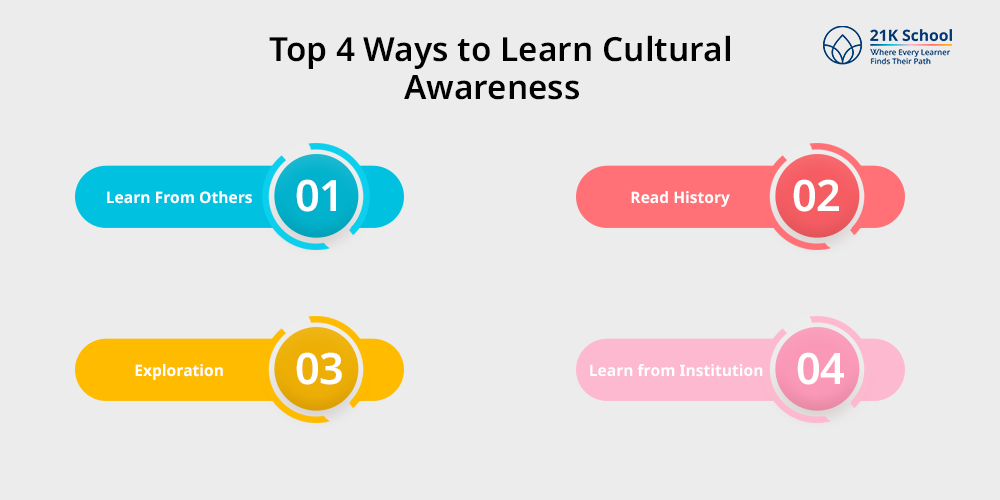
Cultural awareness is very much essential for students as well as professionals. Cultural awareness helps us to understand each other and also promotes holistic and cognitive development, among others.
Cultural awareness can be learned in multiple ways, such as books, internet, schools, etc. This allows them to become more active towards other communities and learn from their traditions. Here are the 4 ways through which you can learn cultural awareness.
1. Learn From Others:

One of the best ways to enhance cultural awareness is to learn from others. Understanding each other’s experiences will help to gain knowledge and also boost work ethics.
As in today’s world we all work together and every person has different backgrounds and cultures. Listening to others and developing sympathy and love is one of the efficient ways of understanding cultures.
2. Read History:

Reading the history of other countries will help us to analyze the importance of culture in global expansion, and it also helps in reducing social conflict.
Every country has their own history, and history itself is a culture. Understanding history helps us to become more aware of cultural diversity.
3. Exploration:

Exploration is one of the effective ways to enhance cultural awareness. It also promotes effective communication skills.
Traveling to different countries, states, and cities will allow us to explore the world more closely and help us understand each other better.
This also allows them to become globally aware and helps them to socialize with others.
4. Learn from Institutions:
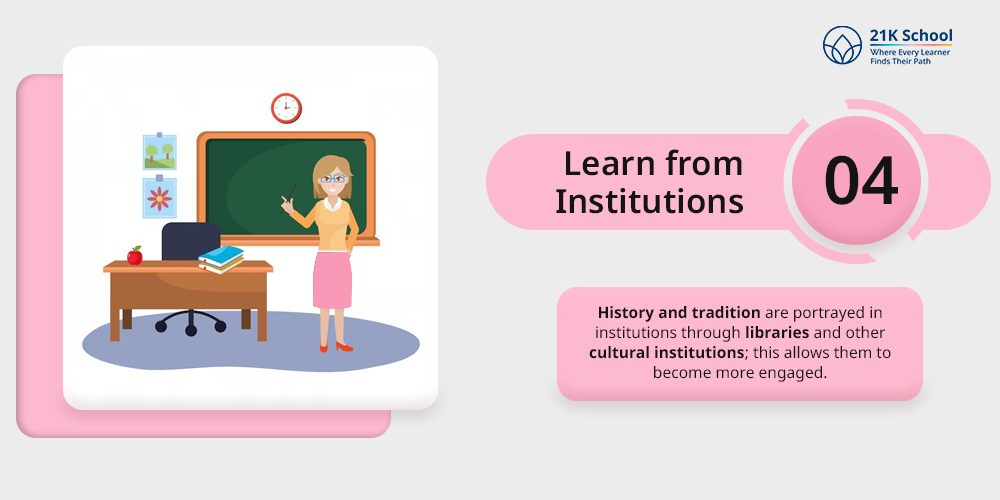
Anyone can learn cultural awareness from institutions. Institutions are a great resource for learning culture from different backgrounds.
History and tradition are portrayed in institutions through libraries and other cultural institutions; this allows them to become more engaged.
This also promotes good relationships and helps to setup globalized society.
How to Promote Cultural Awareness in the Classrooms?
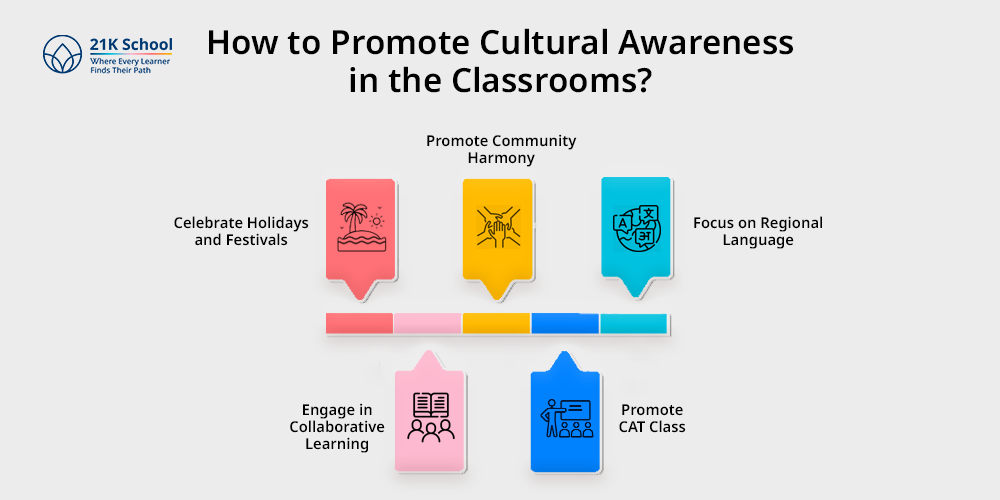
Nurturing cultural awareness in children through the digital classroom is more than just imparting knowledge; it is about giving everyone a sense of worth.
In essence, it is about encouraging diversity, creating beneficial connections, and, above all, dispelling preconceptions.
Cultural awareness can be promoted in schools through various activities and initiatives. Below, you can check how to promote cultural awareness in the classrooms.
- Celebrate Holidays and Festivals: Celebrating holidays and festivals in classrooms enhances cultural diversity. Through celebration, children can learn inclusivity and help in developing respect towards different cultures.
Schools can conduct programs and festivals in school where students can participate and perform their traditional art form. Through participation, they can learn more about their heritage. - Promote Community Harmony: Community harmony is essential for every person. Schools can work effectively to promote community engagement among students through various programs such as community lunch, community arts, curricular activities, and so on.
This allows kids to learn from each other, enhance their learning abilities and develop mutual understanding and respect toward other communities. - Focus on Regional Language: The Teaching and learning process in regional language is one of the effective ways of understanding cultures and traditions.
Studying in regional languages such as Hindi, Bengali, Marathi, Tamil, Telugu, Sanskrit, etc. It will allow kids to get deep knowledge about other traditions and cultures. - Engage in Collaborative Learning: Collaborative learning provides quality education in classrooms. Various students were taught irrespective of their backgrounds and cultures.
This enhances students’ understanding of each other’s cultures and traditions and also boosts their learning resilience and ability to analyse different backgrounds. - Promote CAT Class: CAT class is one of the effective ways of promoting cultural education. Through CAT class, students can engage in various aspects such as video classes, movie learning and so on.
Through CAT class students learn to watch movies related to other cultures; watching international movies in classes will help in analysing the culture of different countries.
Benefits of Cultural Awareness
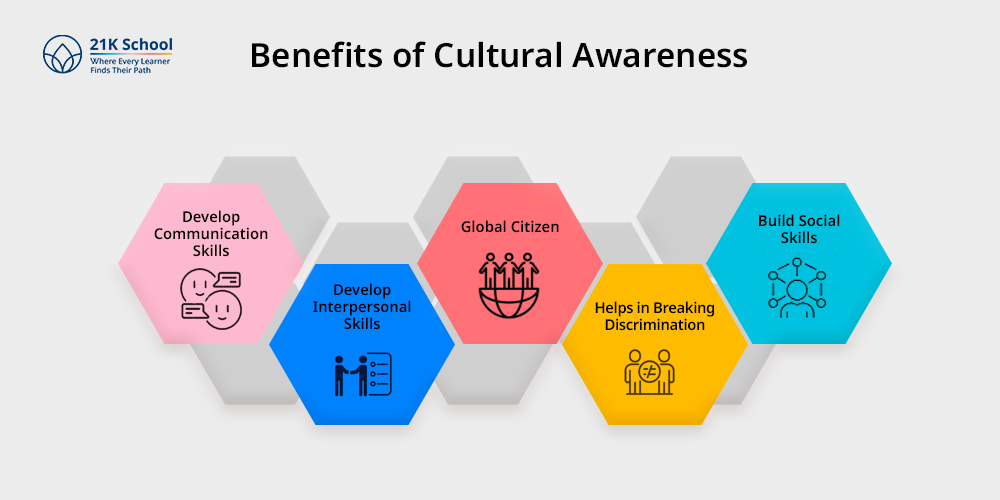
Cultural awareness is very much essential in developing and improving the cultural differences.
Through Cultural diversity, students can learn more effectively and engage in interactive sessions with students of different backgrounds.
This allows them to explore the possibilities and realm of opportunities of the global world. Below, you can see the benefits of cultural sensitivity.
- Develop Communication Skills: learning different cultures helps to develop communication skills. Every nation and culture has different communication methods. Cultural communication helps in enhancing social interaction and will create a positive impact on the place and education.
- Develop Interpersonal Skills: Understanding cultural awareness helps in developing interpersonal skills. As cultural knowledge helps in making more observant and boosts mental abilities, which also helps to build Social Skills.
Cultural awareness enables us to build various abilities and develop problem-solving abilities.
- Global Citizen: Through Cultural awareness, individuals can understand each other’s cultures and traditions. Knowledge of different cultures allows one to become more efficient and effective in terms of business and education.
For eg. Many Indian students are going abroad for education, through which they learn their culture and adapt it accordingly.
- Helps in Breaking Discrimination: One of the benefits of cultural diversity is that it breaks discrimination.
Cultural awareness helps to break discrimination through creating more inclusive education and fair situations by encouraging empathy, comprehension, and respect for many cultural traditions. This allows children as well as professionals to have better outcomes.
- Build Social Skills: Through Cultural awareness individuals can develop social skills. Understanding other cultures will help to gain knowledge about their ethics and help to make proper bonding.
Cultural sensitivity allows one to be a part of the society and implement positive changes towards the society.
Also Read, Benefits of Social Learning
Cultural Awareness Activities
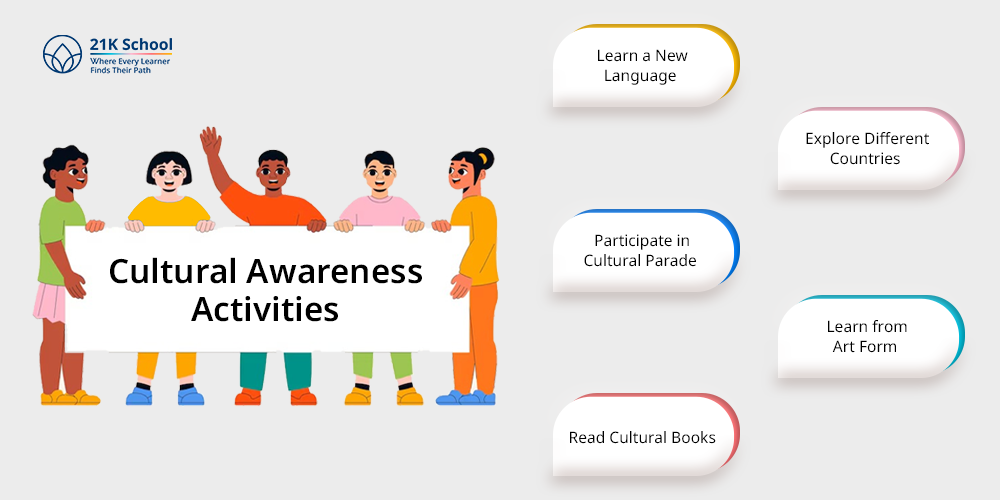
Cultural awareness or knowledge can be exaggerated through various activities in schools as well as other places.
This allows them to share each other’s culture, traditions and ethics but also focuses on building a positive attitude towards the society.
It is essential for kids and adults to have a proper understanding of cultural diversity, and it can be acquired through various initiatives. Here are the activities that can be implemented to achieve cultural awareness.
1. Learn a New Language:
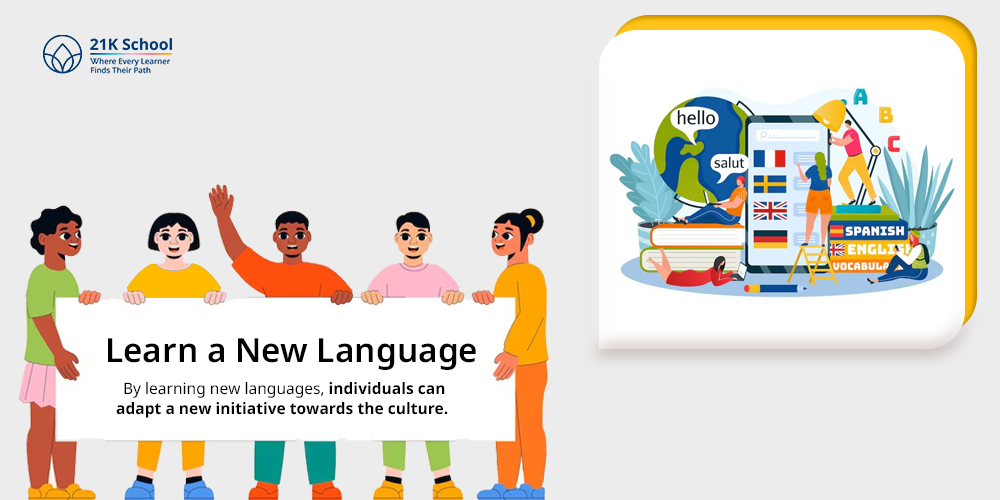
Learning a new language helps to understand the beauty of every nation.
All over the world, multiple languages are spoken, and each language has its own history and culture. By learning new languages, individuals can adapt a new initiative towards the culture.
2. Explore Different Countries:
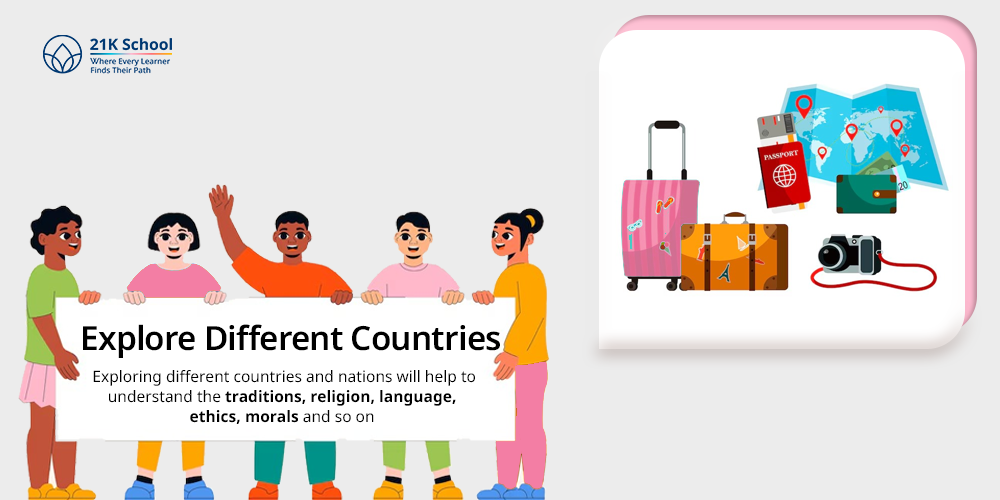
Exploration is one of the effective ways to promote cultural diversity.
Exploring different countries and nations will help to understand the traditions, religion, language, ethics, morals and so on. To develop cultural awareness, individuals can go on tours and travels for better outcomes.
3. Participate in Cultural Parade:
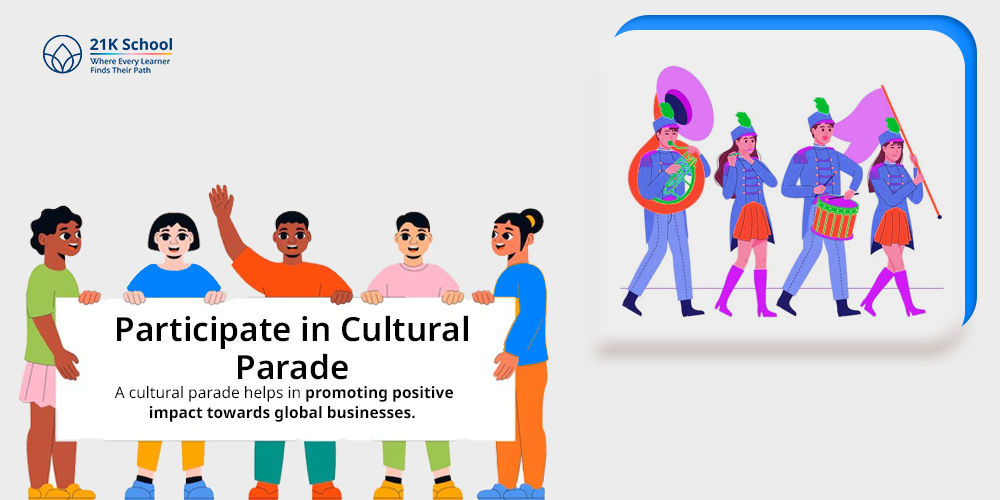
Every year, a wide range of cultural parades were hosted in every country and nation to promote cultural awareness.
To gain the knowledge of cultural diversity, it is essential to participate in the cultural parade. A cultural parade helps in promoting positive impact towards global businesses.
4. Learn from Art Form:
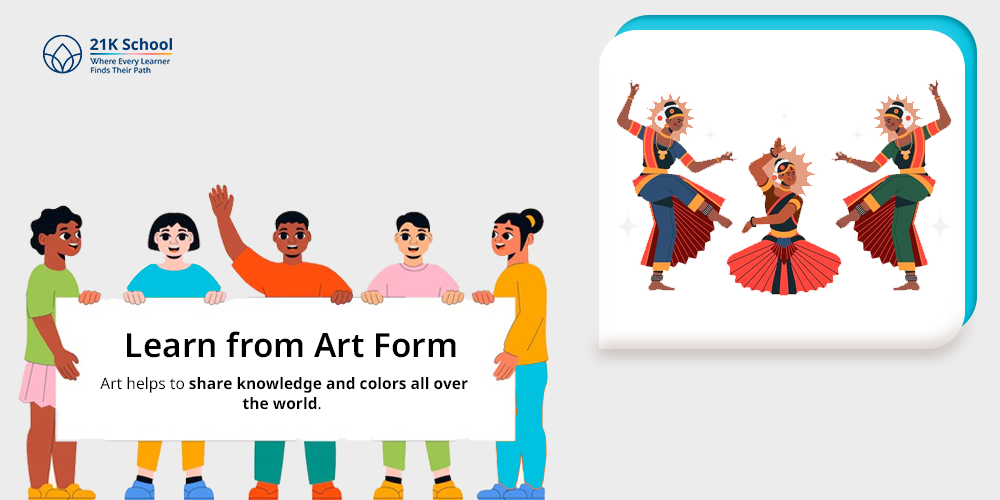
Art forms are one of the most effective ways to learn about cultures. Arts forms such as dance, folklore, music, painting, story, etc.
Demonstrates the culture, traditions and history. Art helps to share knowledge and colors all over the world.
5. Read Cultural Books:
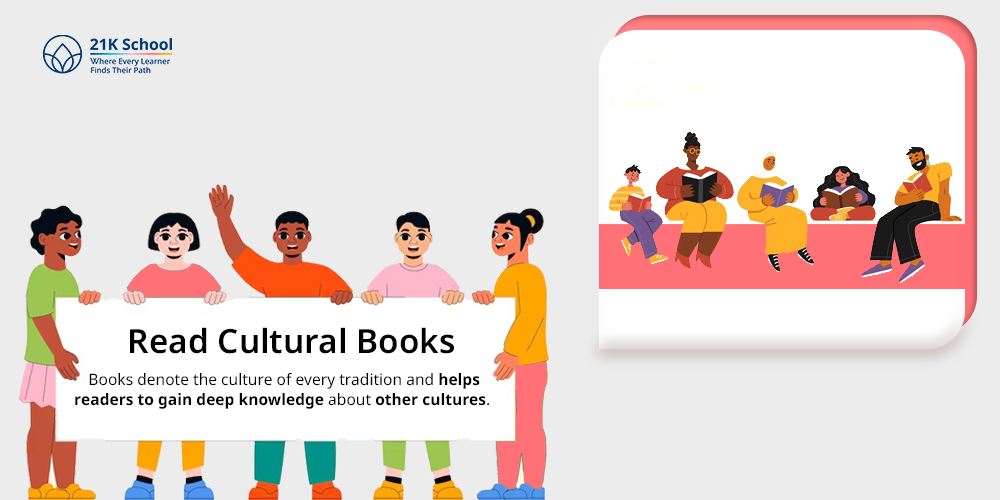
Reading books is one of the most compatible and affordable ways of learning culture.
Books denote the culture of every tradition and helps readers to gain deep knowledge about other cultures.
Conclusion
Cultural awareness is an essential element in promoting understanding, respect and cultural competence among people from different communities.
It provides an understanding and appreciation of different cultures, traditions and values while contributing to social cohesion and equality.
With globalization shrinking the world, having an understanding of culture is more important than ever as it leads to better communication and reduces conflict.
We can improve our cultural sensitivity and build a more harmonious society through exploring new languages, joining in cultural events, and learning from each other.
Understanding the nuances of culture benefits individuals, but it will also help build professional relationships that are mutually beneficial, leading to a wider world that is more full of inclusion and connection.


